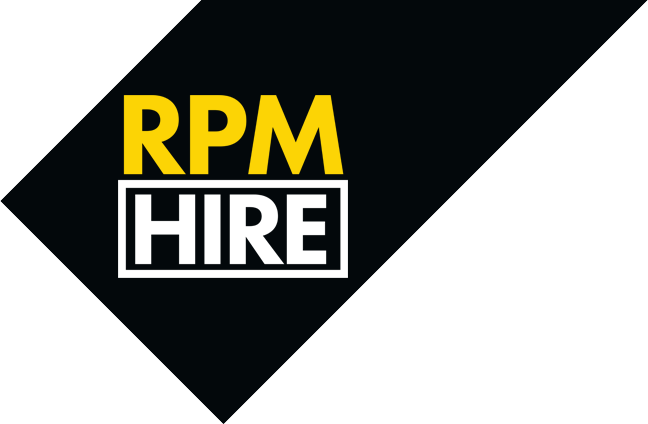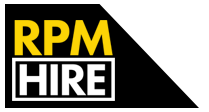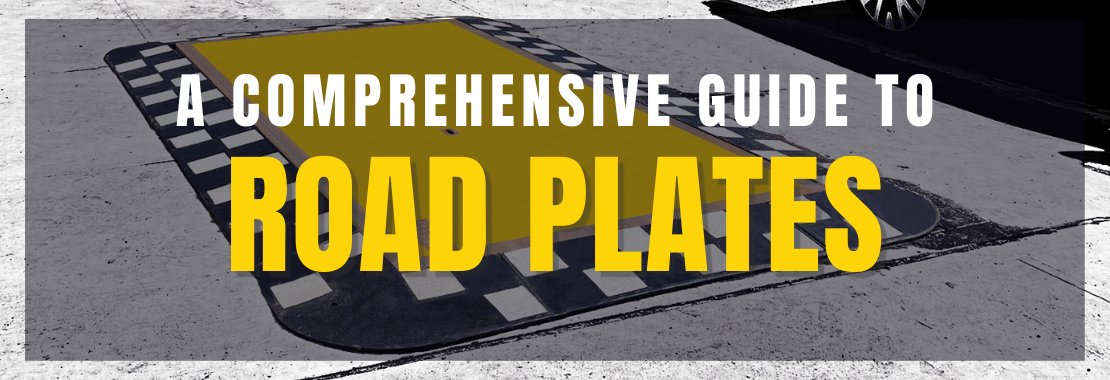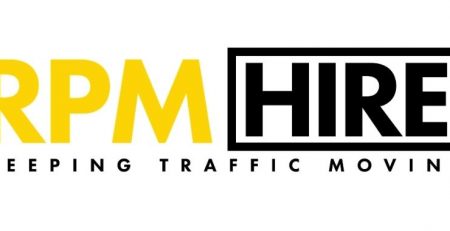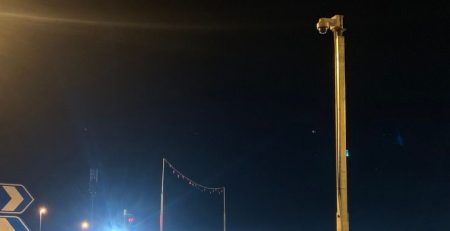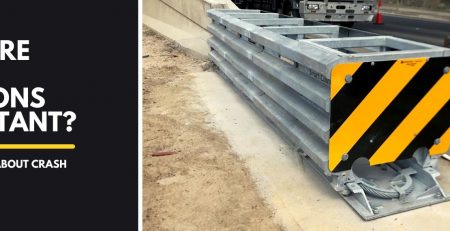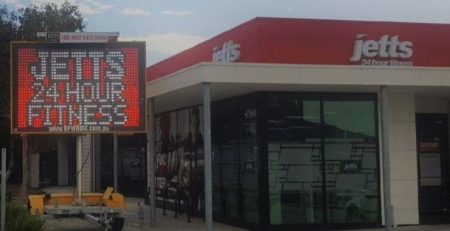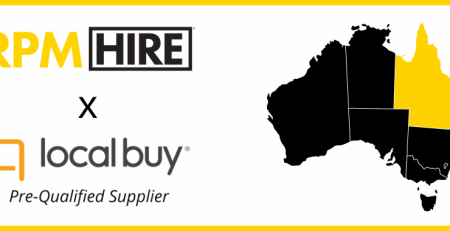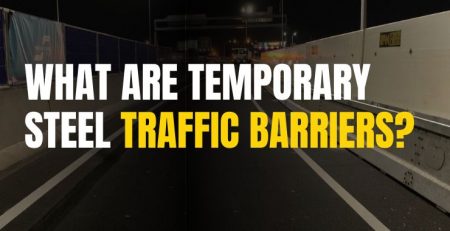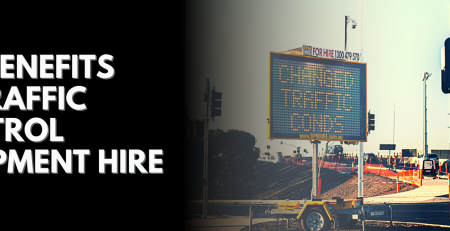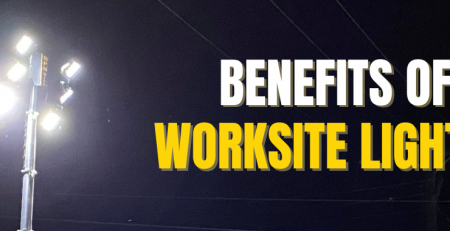A Comprehensive Guide to Road Plates
Excavations are a core part of any roadworks project, but these holes can be very dangerous to workers, road users and pedestrians. Installing road plates is one of the most effective methods of keeping everyone safe while also allowing you to keep certain roads usable and accessible.
What are road plates, though and how can they be used? In this latest blog, we thought we would explore these questions and more.
What are road plates?
Before we take a look at their uses, we thought we would first take a look at the question, “what are road plates?” These plates are designed to cover a bore hole, trench, or excavation, acting as a temporary surface that allows cars and pedestrians to safely pass over.
They can be made from a wide range of materials, but steel, aluminium and composite are the most common, with steel road plates being the most popular solution. They are also available in a wide range of sizes and thicknesses, depending on the load capacity they are required to have.
What are the different types of road plates?
When it comes to road plates, there are many different options to choose from, but the most common include:
Steel road plates
Steel road plates are the most commonly used and have been used for many years. These heavy-duty options are designed to withstand a lot of weight and are available in very large sizes, which makes them fantastic for use across major projects. Steel road plates are also very durable, capable of withstanding exposure to the elements, which means that they can be used for long-term projects.
Aluminium road plates
Aluminium road plates are a popular alternative to steel plates as they are lightweight and capable of handling a lot of light traffic. Although they do not offer the same weight loading as steel, they can be used across a vast range of worksites. The material is also resistant to rust, meaning it is very long-lasting.
Composite road plates
Plastic or composite road plates are the lightest options available and can be very quick and easy to install. Although very strong, they are not always suitable in areas of high traffic but can be a fantastic and affordable alternative for pedestrian areas. They can also come with anti-slip surfaces to enhance grip.
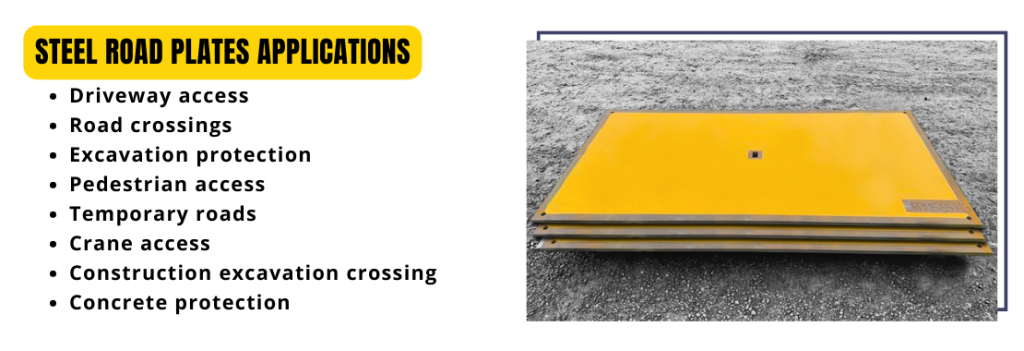
What are road plates used for?
If you are undertaking any kind of roadworks, then road plates are an essential requirement and can be used across a wide range of settings, including:
- Maintaining traffic flow
One of the main reasons for using road plates is to maintain a flow of traffic through the work site. These can be secured in place over an excavation, allowing cars and plant traffic to continue driving over the area. This is particularly useful in busy areas, allowing local authorities to keep roads open during active hours while work can resume in quieter periods.
- Keep pedestrians safe
Alongside allowing cars to pass through your worksite, road plates are also a great way to help keep pedestrians safe. They will cover all dangerous holes and trenches, while they also have anti-slip features to enhance grip when wet.
- Protect your excavations
Finally, road plates are not just about keeping other road users safe. They are also able to protect your excavations from becoming flooded or damaged due to exposure to the elements.
How do you install road plates?
Now we have explored the question, “what are road plates used for?” we thought we would take a brief look at how they are installed and the safety precautions that need to be considered.
Step One
First, map out the area and appropriate safety zones, keeping in mind that you will need to use mechanical lifting equipment, which could cause the steel road plates to swing while in the air.
Step Two
Next, prepare the bedding material that will hold your road plate in place before then placing the plate over the hole and securing its position. RPM Hire offer fleyg road ramps which are an effective ramping solution for road plates, find out more about fleyg here.
Step Three
If your road plate creates a ramp or bump in the road, then make sure that you install warning signs to alert other road users.
Step Four
Finally, make sure that you are regularly reviewing your road plate to ensure it hasn’t become displaced or damaged.
The RPM Hire Steel Road Plate
Here at RPM Hire, we know how important road plates are in keeping your project running smoothly. That is why we focus on providing our customers with the very best steel road plates possible.
Made from a specifically designed heavy-duty AS3678-250 grade carbon steel, these plates also feature a bright yellow Dulux Duremax non-slip coating to boost grip and prevent the risk of pedestrians falling over in wet conditions.
Customers can choose from four different sizes, ensuring that no matter the project you are working on, you will be able to find the perfect solution for you. Each plate comes with a middle lifting point, which allows for safe installation and removal using a Ranger Lock n Lift hook. To ensure that the plates remain in place, they come with prefabricated holes on each corner that allow for quick installation using deck pins or road spikes.
Each of our plates has a bright yellow coating to maximise their visibility and allows other road users to easily identify them ahead of time and adjust their speed accordingly.
Organise a site visit.
If you are unsure what steel road plate would be suitable for your next project, we can organise a visit to your worksite. Our equipment site experts can evaluate your requirements and provide recommendations according. For more information about organising a site visit contact RPM Hire via our website contact form.
Want to find out more?
If you are looking to protect your roadworks and maximise your efficiency, then RPM Hire is here to help you. For over ten years, we have been supplying the very best traffic management equipment to clients across Australia.
Our experienced team is able to support you in finding the right equipment for your project, taking care of the delivery, installation and removal. Want to find out more? Get in touch today!
